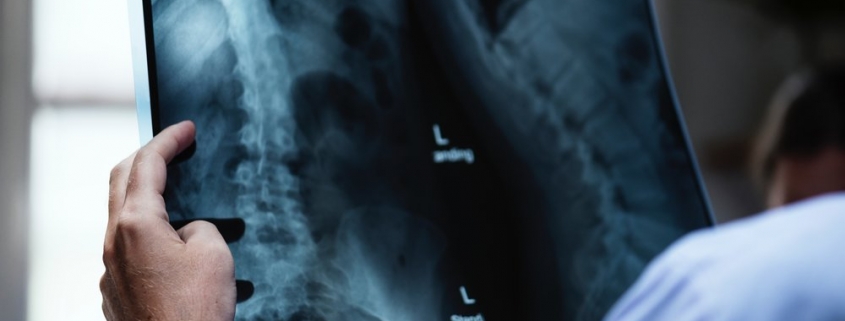Low Back Pain Part 2 – Do I need a scan?
Medical imaging (scans) may include x-rays, ultrasound (US) or even magnetic resonance imaging (MRI).
I have Low Back Pain, do I need a scan?
Sometimes we find ourselves wanting “answers” to our pain and we start to wonder if apart from physical therapy, a scan may provide us with an explanation for our pain.
Medical imaging may be indicated for the those with Low Back Pain (LBP) with suspected “specific” pathology. (See previous post here for types of specific LBP). In these cases it may be used as a diagnostic tool, as things like bulging disc treatment requires careful observation before and during recovery, where management of your condition may change depending on the results of the scan.
Current evidence however does not recommend the routine use of imaging for the large proportion of non specific LBP. (See previous post here for a description of non specific LBP).
Some of the reasons for this are listed below:
- There is a large amount of evidence showing that abnormal findings on these types of scans are also found in people who do not have pain. These abnormal findings include changes such as disc bulges, disc degeneration and bony changes to the spine caused by a personal injury.
- There is a large amount of evidence that scan results can make people worse due to the tendency to create more fear and worry.
- Scans have not been found to predict levels of pain. So if you have a lot of pain, it does not mean that your scan will look worse, and vice versa.
- Scans have also not been found to predict future episodes of LBP.
So, a couple of questions that you could ask yourself:
Will the results of my scan change the management of my Low Back Pain?
For non specific LBP patient management is largely based on symptoms, not necessarily the results of a scan.
However, in the case of specific LBP a scan may assist in management.
Will any changes I see on a scan make me worry?
There is evidence that suggests the results of a scan can lead to unhelpful beliefs about LBP. Worry and anxiety can be a large reason that your LBP does not get better. (The role of worry and negative beliefs in LBP will be discussed more in a future post).
Reducing the use of unnecessary imaging could be very helpful. These are some good reasons why we could look to reduce the focus on abnormalities in the spine and instead focus more on positive messages to help with recovery of LBP.
Thanks for reading.
References:
Bunzli S et al, Journal of Orthopaedic & Sports Physical Therapy 2017 https://www.ncbi.nlm.nih.gov/pubmed/28704621
O’Sullivan P et al, Journal of Orthopaedic & Sports Physical Therapy 2016 https://www.ncbi.nlm.nih.gov/pubmed/27802794
O’Sullivan P and Lin I, Pain Management Today 2014 http://www.pain-ed.com/wp-content/uploads/2014/02/Osullivan-and-Lin-Pain-management-today-2014.pdf
Hartvigsen J et al, Lancet 2018 https://www.ncbi.nlm.nih.gov/pubmed/29573870
Foster NE et al, Lancet 2018 https://www.ncbi.nlm.nih.gov/pubmed/29573872
Disclaimer: this information is for your education/information and should not be considered medical/physiotherapy advice regarding diagnosis or treatment recommendations.



